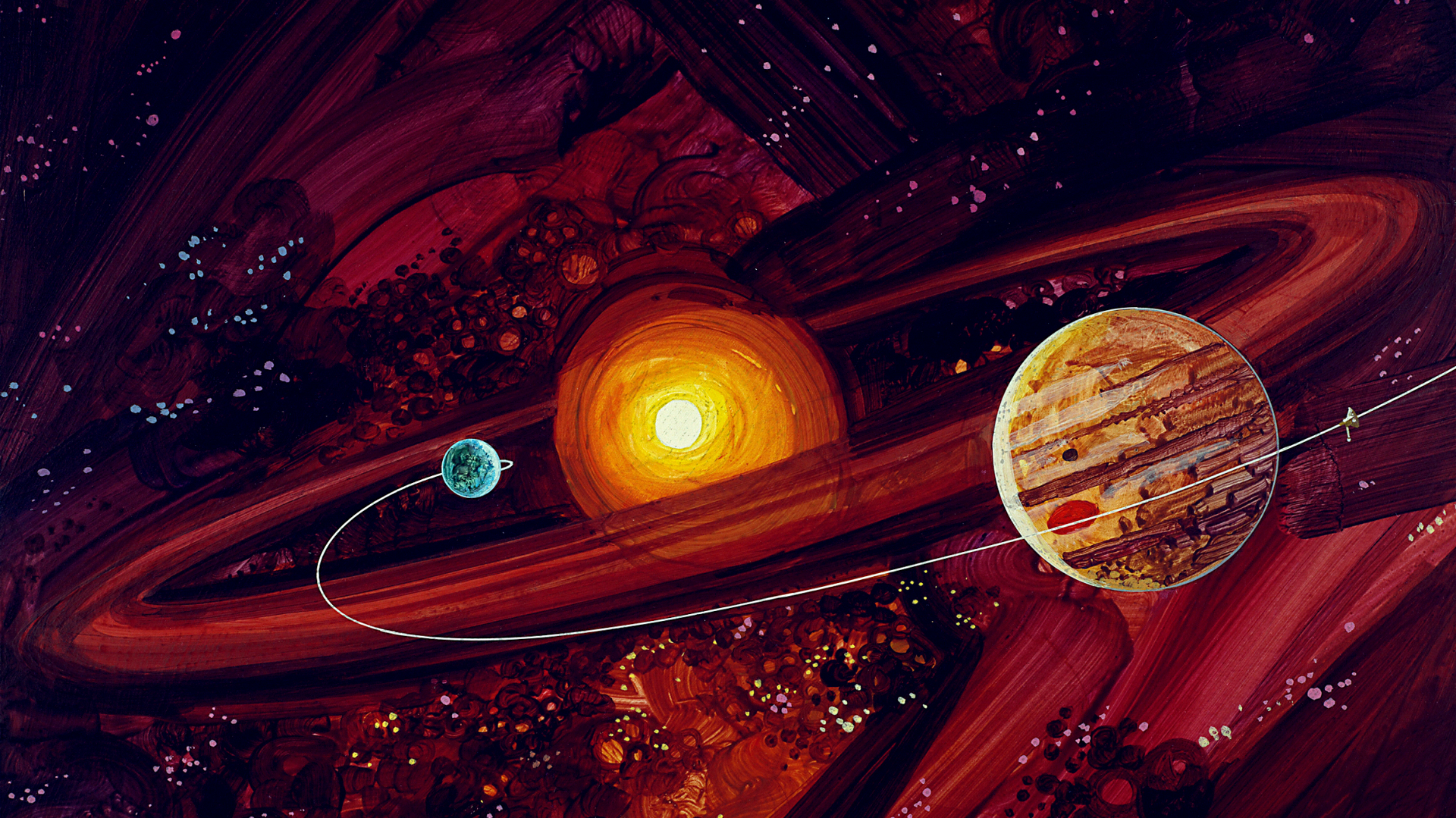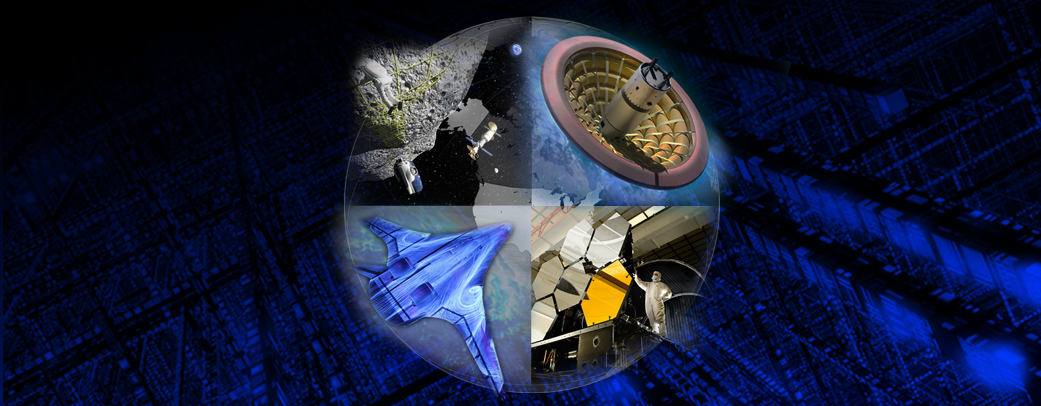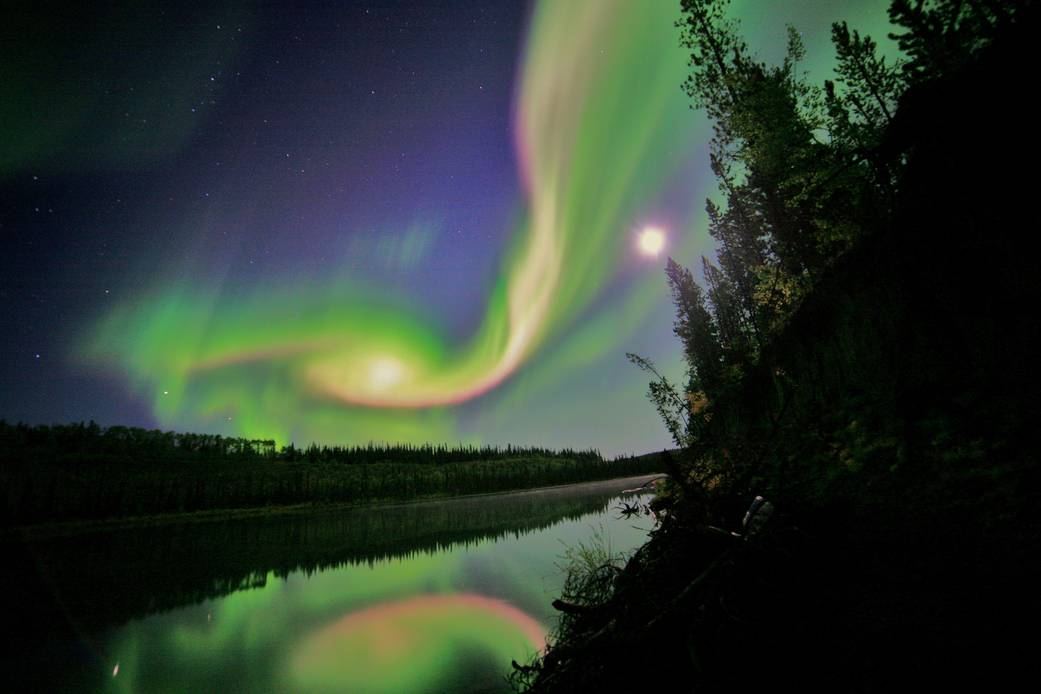Dr. Madhulika Guhathakurta – Total Solar Eclipse 2017 Through the Eyes of NASA: Science in the Shadow of the Moon
Ring of fire: A celestial shadow theatre with the world as a stage. On August 21st, we witnessed a total solar eclipse. Solar eclipses have incited fear, inspired curiosity and spawned myths throughout history. Dr. Lika Guhathakurta, lead program scientist for the 2017 Eclipse, discussed NASA’s science, education and communication plans for the eclipse.
Abstract:
A Total Solar Eclipse is widely regarded as the most incredible, breathtaking natural phenomenon visible from Planet Earth. Everyone who has seen such an eclipse attests to the awe and wonder of this amazing spectacle, that it is a life-changing, transformational experience. While many eclipses have occurred elsewhere in the world, only a tiny fraction of Americans have traveled abroad to witness this celestial wonder. On August 21, 2017, coast to coast, from Oregon to South Carolina, 14 states will experience more than two minutes of darkness in the middle of the day over a period approximately ninety minutes. When the moon completely blocks the sun, day will turn into night and make visible the otherwise hidden solar corona, the sun’s outer atmosphere. Bright stars and planets also will become visible. Using specialized solar viewing glasses or other equipment, all of North America will be able to view at least a partial eclipse lasting two to three hours. This has not happened for ~100 years. There are only two of these opportunities over the next 25 years, 2017 and 2024. The 2017 Eclipse will be the trailblazer for the 2024 event and will establish the baseline data and determine what new measurements will be required in 2024. This presentation will discuss NASA’s science, education and communication plans for the “Great American Eclipse” in partnership with Google, the American Parks Network, American Astronomical Society, the Astronomical League, and numerous other science, education, outreach, and public communications groups and organizations to bring the excitement and the science of the August 21st, 2017 total solar eclipse across America to formal and informal audiences in the US and around the world.
Biography:
As a NASA astrophysicist, Dr. Madhulika Guhathakurta (also known as Lika) has had the opportunity to work as a scientist, mission designer, instrument builder, directing and managing science programs and teacher and spokesperson for NASA’s mission and vision in the Heliophysics Division. Occasionally, she performs all of these roles in a single day. Before joining NASA Headquarters in December of 1998, her career has focused on studying the importance of the scientific exploration of space in particular understanding the Sun as a star and its influence on the planet Earth, with research focus on understanding the magneto hydrodynamics of the Sun’s outermost layer, the solar corona. She has been a Co-Investigator on five Spartan 201 missions on aboard space shuttles (STS-56, STS-64, STS-69, STS-87, STS-95) to study the solar corona in white-light and UV radiation and eight eclipse expeditions. She has led the Living with a Star Program for the past 15 years whose goal is to understand and ultimately predict solar variability and its diverse effects on Earth, human technology and astronauts in space, also known as “Space Weather”. She has partnered with the American Museum of Natural History in New York and NASM in DC to produce full dome planetarium and 3D IMAX shows that are being exhibited internationally and used by teachers to excite the next generation of space scientists and helped create graduate level textbooks in heliophysics.. She is also the lead scientist for the 2017 Eclipse and presently on detail to NASA Ames Research Center exploring concepts for new initiatives.
































